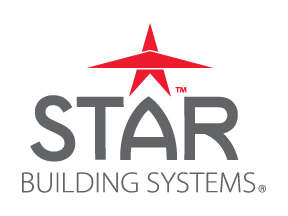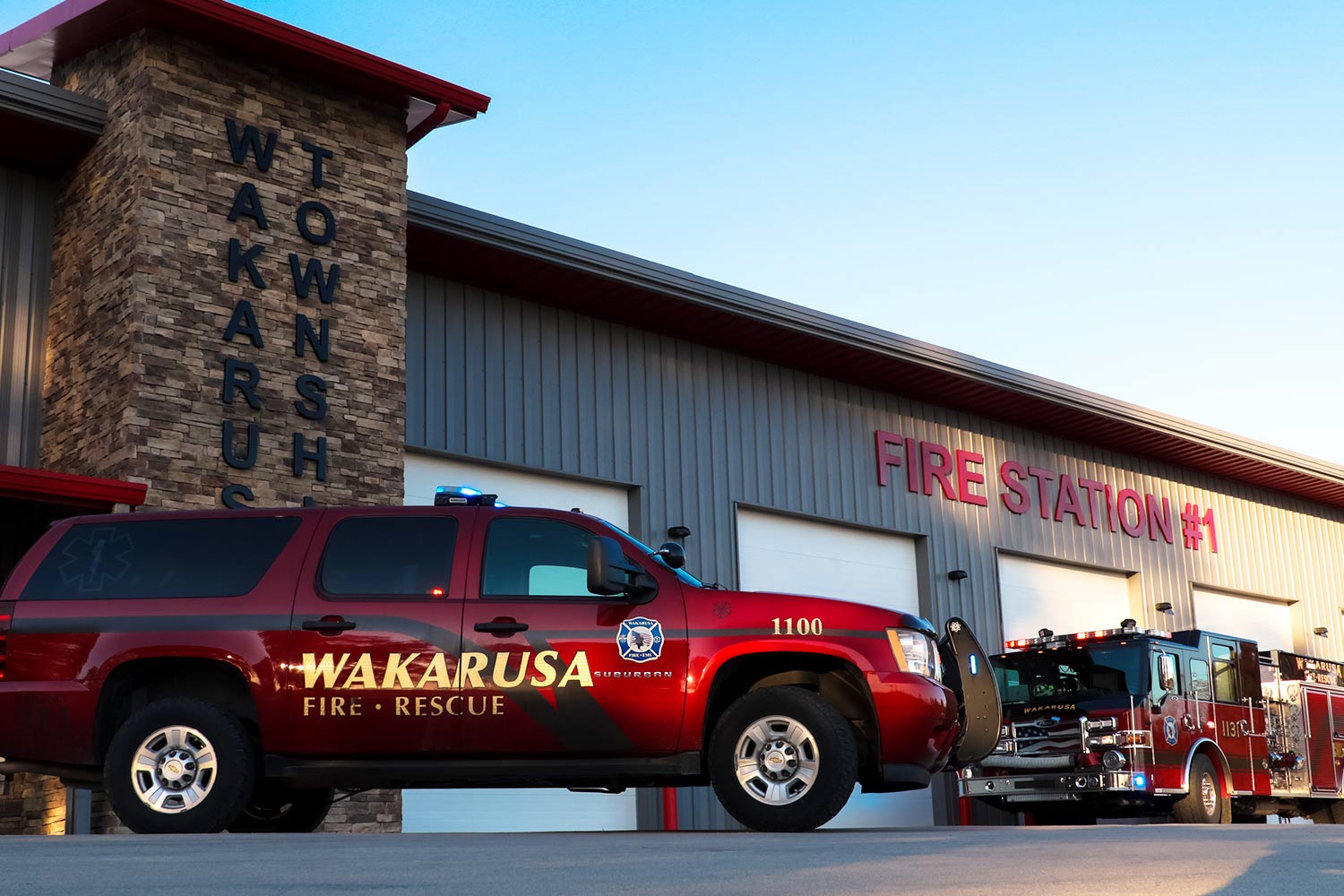With a population just over 2000 – the largest portion of them retirees – Wakarusa Township is a quiet, unassuming spot in eastern Kansas occupying about 46 square miles of rolling midwestern terrain. Recently, however, there was quite a bit of excitement happening on 31st Street, as the Wakarusa Township Fire Department got a new station with all the bells, whistles and, of course, sirens.
The Wakarusa Township Fire Department relies primarily on volunteers to serve the township along with EMS services to assist with medical emergencies in the surrounding areas within Douglas County. So, when the time arrived to replace fire station #1’s existing building with a new, more modern facility, one of the department’s board members contacted Art Kuehler with the local construction firm HASTCO, Inc., and set the plan in motion.

Kuehler worked in partnership with Lawrence, Kansas-based architectural firm Hernly Associates and together, they created a vision for the new, nearly 14,500-square-foot station: a slate gray custom engineered metal building design featuring a Double-Lok roof system and AVP wall panels from Star Building Systems. A metal building is an ideal choice for a fire station, according to Kuehler, because of the generous height and clean span widths.

Construction of the building was not without its challenges… When the team discovered the lot had a significant slope, their first consideration was to build one side of the building pad up more than 6 feet. However, when they realized that was the same side of the building on which the fire trucks would need to enter the apparatus bays, they shifted their thinking and created an innovative new plan. Instead of filling the lot, according to Art, the team “buried the back of the building in the ground with a five-foot concrete retaining wall”.

HASTCO and Hernly contracted Big Johnson Construction, located in Fort Morgan, Colorado, for the erection of the building. The team chose Star’s 24-gauge Double-Lok Galvalume Plus with R-32 Optiliner insulation for the roof panels and 26-gauge AVP with R-32 Opti-Liner insulation for the wall panels.

Today, the crew at station #1 enjoys a spacious main floor with offices, bunk rooms, a conference room, bathrooms and showers, a dayroom with kitchen and dining, a radio/report room, and nine apparatus bays to house trucks and equipment. A second floor over the office and dayroom will eventually include a classroom, storage, mechanical room, and restrooms. For a creative twist, the team added a set of switchback stairs on the front of the building, then built around them to give the appearance of a tower on the front of the building.
At Star, one of our favorite parts of the job is helping our customers accomplish their design and building challenges. We love seeing innovative concepts like the Wakarusa Fire Station come to life and look forward to helping you dream up – and build – your next big idea!

Related Stories
| Aug 11, 2010
9 rooftop photovoltaic installation tips
The popularity of rooftop photovoltaic (PV) panels has exploded during the past decade as Building Teams look to maximize building energy efficiency, implement renewable energy measures, and achieve green building certification for their projects. However, installing rooftop PV systems—rack-mounted, roof-bearing, or fully integrated systems—requires careful consideration to avoid damaging the roof system.
| Aug 11, 2010
Pella introduces BIM models for windows and doors
Pella Corporation now offers three-dimensional (3D) window and door models for use in Building Information Modeling (BIM) projects by architects, designers, and others looking for aesthetically correct, easy-to-use, data-rich 3D drawings.
| Aug 11, 2010
AAMA developing product-based green certification program for fenestration
The American Architectural Manufacturers Association is working on a product-based green certification program for residential and commercial fenestration, the organization announced today. AAMA will use the results of a recent green building survey to help shape the program. Among the survey's findings: 77% of respondents reported a green certification program for fenestration would benefit the product selection process for their company.
| Aug 11, 2010
Seven tips for specifying and designing with insulated metal wall panels
Insulated metal panels, or IMPs, have been a popular exterior wall cladding choice for more than 30 years. These sandwich panels are composed of liquid insulating foam, such as polyurethane, injected between two aluminum or steel metal face panels to form a solid, monolithic unit. The result is a lightweight, highly insulated (R-14 to R-30, depending on the thickness of the panel) exterior clad...
| Aug 11, 2010
AIA Course: Enclosure strategies for better buildings
Sustainability and energy efficiency depend not only on the overall design but also on the building's enclosure system. Whether it's via better air-infiltration control, thermal insulation, and moisture control, or more advanced strategies such as active façades with automated shading and venting or novel enclosure types such as double walls, Building Teams are delivering more efficient, better performing, and healthier building enclosures.







